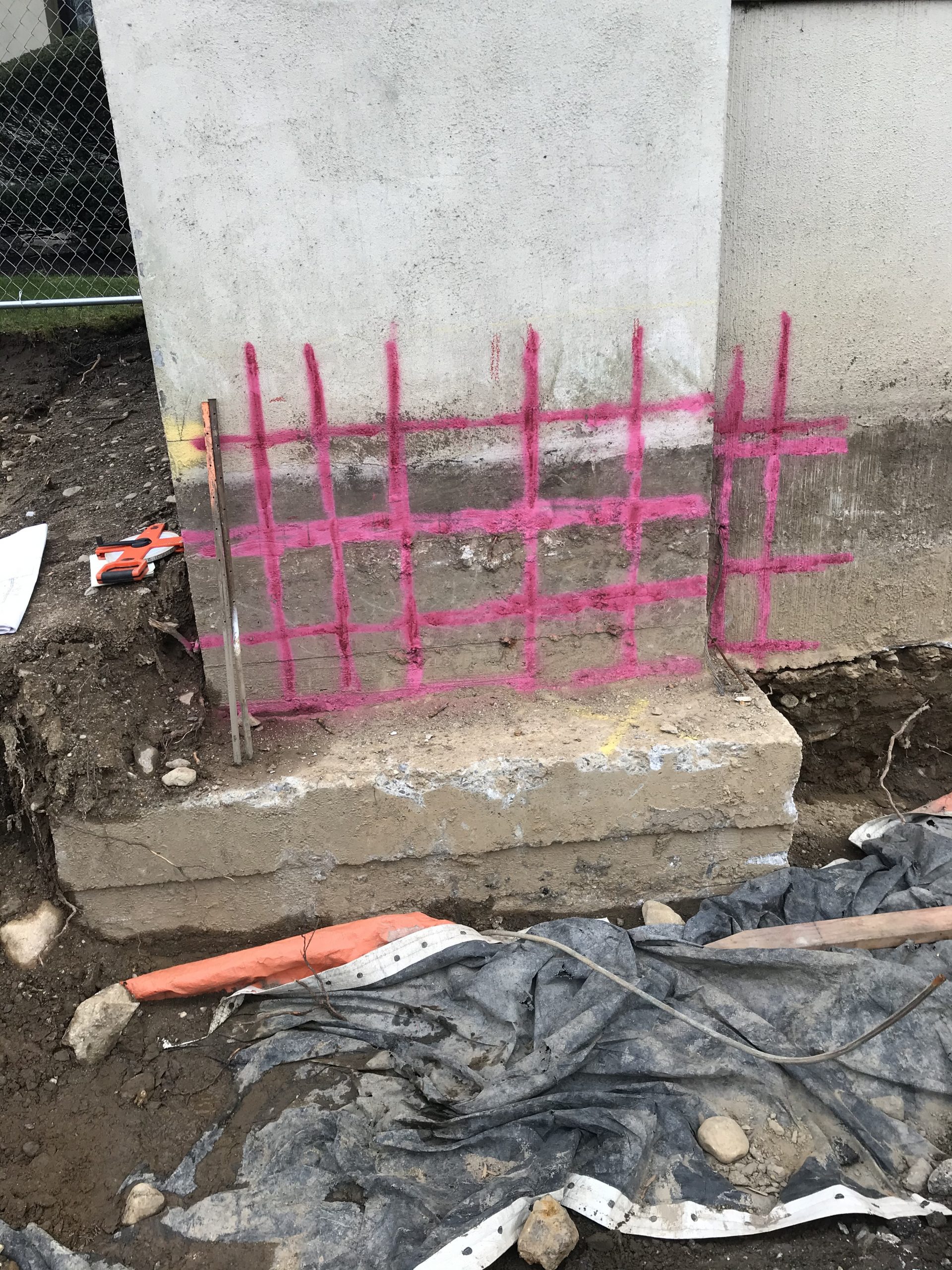Checking Out the Key Advantages of Concrete Scanning in Building Projects
In the world of modern-day building practices, the application of concrete scanning innovation has emerged as a critical device for making certain project efficiency and architectural integrity. From improving precaution to accurately identifying utilities hidden beneath the surface, the benefits of concrete scanning are diverse. The capacity to streamline task timelines and lower costs while maintaining existing structures is a testament to the value this modern technology gives the building and construction sector. As we dig into the nuanced benefits of concrete scanning, it ends up being evident that its effect prolongs much beyond surface-level evaluations, supplying a glance into the complex internet of advantages waiting to be revealed.
Improved Precaution
Making use of innovative concrete scanning innovation improves safety and security actions on building and construction websites by giving accurate discovery of possible threats hidden beneath the surface. This technology allows building and construction groups to recognize rebar, conduits, post-tension cords, and various other blockages before excavation or boring, substantially reducing the threat of crashes. By determining these components exactly, employees can stay clear of harmful important structural parts, hence stopping injuries, delays, and pricey repairs.
Additionally, concrete scanning plays a crucial function in making certain the integrity of existing structures throughout expansions or renovations. By discovering weaknesses, gaps, or damage within concrete aspects, designers can address these concerns proactively, improving the overall safety and long life of the building. This positive technique not only mitigates the danger of architectural failures yet also reduces the potential for crashes triggered by unanticipated structural shortages.
In significance, the application of concrete scanning modern technology works as a proactive precaution that safeguards both building and construction employees and the structural honesty of buildings, ultimately adding to the overall success and effectiveness of building tasks. - RainierGPR Concrete Scanning
Accurate Detection of Energies
Concrete scanning modern technology assists in accurate identification of below ground utilities, enhancing construction website safety and security and efficiency. Accurate detection of energies is essential in construction jobs to stop expensive damages, job hold-ups, and most significantly, make sure the safety and security of workers and the public. By making use of advanced scanning technologies such as ground-penetrating radar (GPR) and electromagnetic induction, building and construction teams can map out the place of buried pipes, cords, and various other utilities with high degrees of precision.

Time and Price Performance

Concrete scanning innovation allows building and construction teams to properly find rebar, post-tension cable televisions, and various other embedded items within concrete structures. This specific info aids in preventing expensive blunders such as unintentional damage to crucial elements during exploration, reducing, or coring tasks. Additionally, by determining prospective risks in advance, the demand for expensive fixings or rework due to damages can be lessened, resulting in cost financial savings for the task.

In addition, the ability to swiftly and properly identify energies beneath the surface without creating any type of damage not only saves time but likewise stops expensive disturbances to existing infrastructure. Generally, the time and expense effectiveness advantages of concrete scanning make it an important tool for enhancing construction project monitoring and implementation.
Conservation of Architectural Honesty
Preserving the structural integrity of buildings and infrastructure is extremely important in ensuring long-term stability and safety. Concrete scanning plays a critical function in this conservation procedure by permitting building experts to identify possible threats to the structural integrity of check my source a structure or infrastructure before they rise right into major issues. Through using innovative scanning technologies such as ground-penetrating radar (GPR) and electromagnetic induction, construction groups can non-invasively examine the condition of concrete frameworks, situate rebar, post-tension cords, and other ingrained elements, and recognize any type of voids, cracks, or wear and tear within the concrete.
Improved Project Planning
In order to make certain the a fantastic read successful execution of building tasks, careful focus to information and extensive planning are necessary parts that stem from a comprehensive understanding of the structural conditions identified through concrete scanning. Eventually, integrating concrete scanning right into the job planning stage enhances control amongst team participants, promotes positive problem-solving, and contributes to the effective distribution of building and construction tasks within budget plan and schedule constraints.
Conclusion
Finally, concrete scanning supplies many benefits in building and construction jobs. By enhancing precaution, accurately discovering utilities, improving time and cost performance, protecting structural honesty, and aiding in task planning, concrete scanning proves to be a crucial tool for effective project implementation. Its ability to alleviate risks, boost efficiency, and make certain task stability makes it an important property for building professionals.
In the realm of contemporary construction methods, the utilization of concrete scanning technology has arised as an essential device for making certain project effectiveness and structural stability.Concrete scanning technology makes it possible for construction teams to precisely find rebar, post-tension cable televisions, and various other ingrained objects within concrete frameworks. Through get more the usage of innovative scanning technologies such as ground-penetrating radar (GPR) and electromagnetic induction, construction teams can non-invasively examine the problem of concrete structures, find rebar, post-tension wires, and various other ingrained components, and recognize any voids, fractures, or degeneration within the concrete.
In order to make sure the effective implementation of construction projects, thorough interest to information and extensive preparation are important parts that stem from a comprehensive understanding of the structural conditions identified via concrete scanning. Inevitably, incorporating concrete scanning into the task planning phase improves sychronisation among group participants, cultivates aggressive analytic, and adds to the successful delivery of building jobs within spending plan and routine constraints.